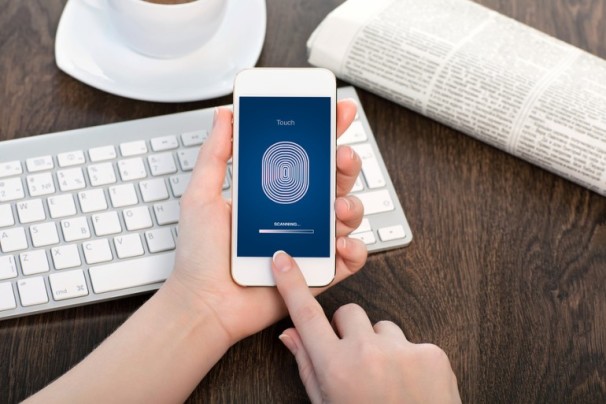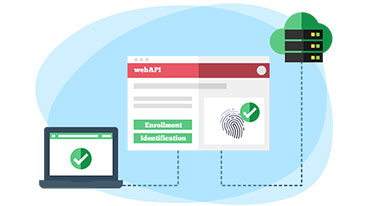Biometric Authentication in the Workplace is Gaining Popularity
 It is very likely that in the near future, the use of biometrics in the workplace might change the way we work now. A recent survey conducted by Veridium titled “Biometric Consumer Sentiment Survey” shows that 70% of people in the US, who are experienced in using biometric authentication, positively support the expansion of it in the workplace. Among the participants, 35% think it’s required for the speed, 31% focused on security, and interestingly 33% support biometric authentication for password-less operation.
It is very likely that in the near future, the use of biometrics in the workplace might change the way we work now. A recent survey conducted by Veridium titled “Biometric Consumer Sentiment Survey” shows that 70% of people in the US, who are experienced in using biometric authentication, positively support the expansion of it in the workplace. Among the participants, 35% think it’s required for the speed, 31% focused on security, and interestingly 33% support biometric authentication for password-less operation.
Use of biometric at the workplace
Forever 21, Inc., one of the leading fashion retailers from the US having 700 stores in 48 different countries, is using biometric technology in their stores. They have integrated RightPunch – a PC based biometric time clock from M2SYS Technology with their Kronos workforce management system to secure POS transactions and shift management. Using RigthPunch, they have saved millions of dollars every year by eliminating time theft and buddy punching at their stores. Just like them, many other enterprises in the United States, and other developed countries are starting to use biometric authentication at their workplaces to increase productivity and efficiency eliminating buddy punching and time theft.
Preferences of Biometric Authentication by Different Age Groups
According to the survey report, different age groups show different reasons why they prefer biometric authentication in the workplace:
- 46% of Millennials prefer biometric authentication in the workplace for speed, 44% of Generation X prefer for password-less operation, and 30% of the Baby Boomers prefer for security.
- 47% of Millennials demand passwords against any type of biometric modality, 42% of Generation X demand the fingerprint biometric authentication, and 30% of Baby Boomers support voice biometrics.
- 46% of Millennials use biometrics in most of the cases for banking and financial applications and ATMs, whereas Generation X use biometrics mostly for travel, and Baby Boomers use it mostly for healthcare.
It is noticeable that both Millennials and Generation X have almost a similar opinion when it comes to preventing data breach using biometric authentication.
Among the participants, 63% prefer using fingerprint biometric modality for their mobile phone privacy and 50% of them think that this is the most secure way for their devices to be used for financial transactions, healthcare services, travel, and networking.
How to Implement Biometric Authentication in the Workplace
Biometric authentication is very affordable and simple to deploy in any organization nowadays. Simply by using a WEB API, it is possible to integrate a biometric authentication system to their time clock software or workforce management solution. The affordable biometric as a service-pricing model allows enterprises to deploy the system according to their business’ size and need. If you need help, just contact M2SYS.













